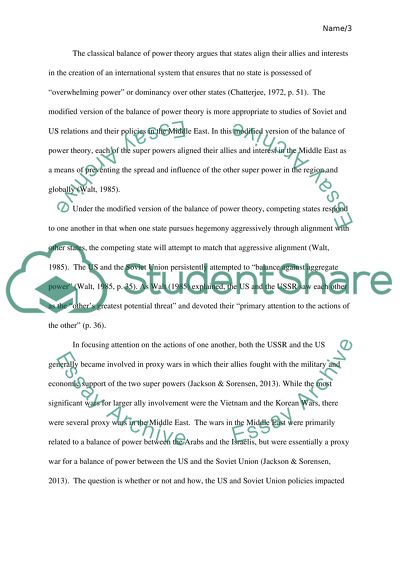Cite this document
(“What was the impact of Soviets and American policies on the Middle Essay”, n.d.)
Retrieved from https://studentshare.org/history/1625195-what-was-the-impact-of-soviets-and-american-policies-on-the-middle-east
Retrieved from https://studentshare.org/history/1625195-what-was-the-impact-of-soviets-and-american-policies-on-the-middle-east
(What Was the Impact of Soviets and American Policies on the Middle Essay)
https://studentshare.org/history/1625195-what-was-the-impact-of-soviets-and-american-policies-on-the-middle-east.
https://studentshare.org/history/1625195-what-was-the-impact-of-soviets-and-american-policies-on-the-middle-east.
“What Was the Impact of Soviets and American Policies on the Middle Essay”, n.d. https://studentshare.org/history/1625195-what-was-the-impact-of-soviets-and-american-policies-on-the-middle-east.


